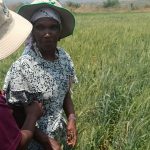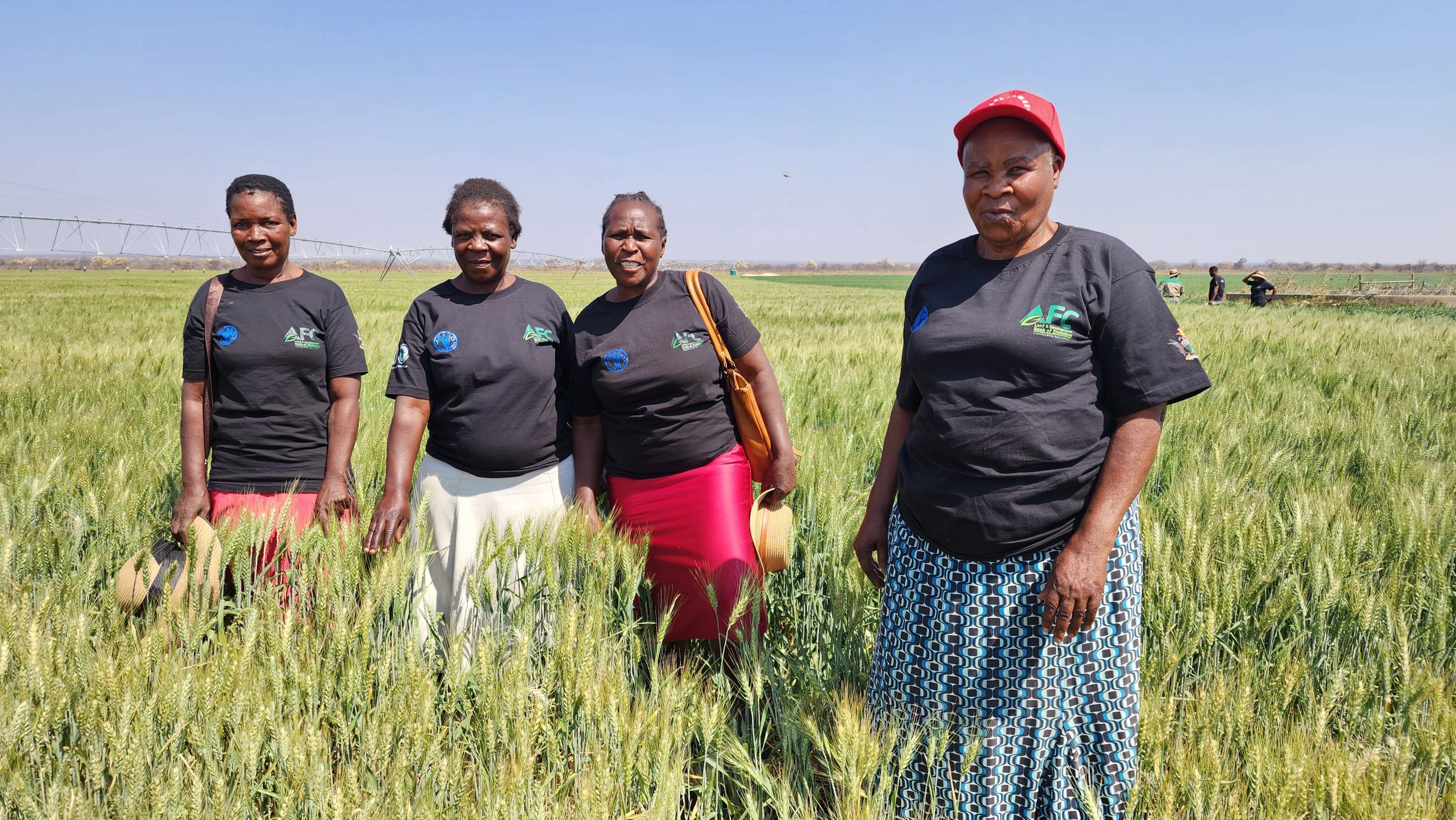 By Evelyn Musora, Seed Technologist – Seed Services Institute
By Evelyn Musora, Seed Technologist – Seed Services Institute
Improved wheat varieties cannot enhance yields on their own; they require complementary technologies such as soil fertility management, pest control, high-quality seeds, and other practices that boost productivity. In this context, the Technologies for African Agricultural Transformation (TAAT) wheat project is collaborating closely with farmers, providing training in seed production aimed at achieving an annual target of 150 metric tons of Early Generation Seed (EGS). By the project’s completion, Zimbabwe is expected to produce 650 metric tons of EGS and 1,902 metric tons of certified wheat seed, which is essential for the nation’s wheat self-sufficiency goals. Here are the key takeaways:
Variety Selection and Genetic Purity
Farmers should choose wheat varieties that are well-suited to their local conditions, focusing on traits like high yield potential, disease resistance (particularly to rust), and strong agronomic performance. In wheat seed production, field inspections are carried out to ensure that seed growers maintain the recommended isolation distance of 3-5 meters from commercial crops to prevent cross-pollination. Additionally, off-types must be removed (rouging) to preserve the genetic identity and purity of the seed. This process is overseen by the Seed Services Institute under the Department of Research, Education, and Specialist Services (DRESS) within the Ministry of Lands, Agriculture, Water, Fisheries, and Rural Development.
Soil Conditions
Soil analysis is crucial in wheat seed production as it helps farmers determine the appropriate fertilizer requirements for their specific crops. The analysis is conducted by the Department of Research and Specialist Services (Chemistry and Soils Research Institute). Ideal soil conditions include good drainage, optimal moisture levels, and a balanced supply of nutrients (NPK and micronutrients).
Weed Management
Effective weed management is vital for wheat production, as weeds compete with crops for nutrients and moisture. Weed pressure from flowering to harvesting stages can significantly affect wheat quality. Wild oats, in particular, are intolerable in wheat seed production and can lead to downgrading to commercial grades.
Harvest and Post-Harvest Handling
Wheat should be harvested at the optimal moisture content, and the seeds must be stored in a well-ventilated warehouse to avoid sunlight exposure. Sunlight can negatively impact seed viability, reduce germination capacity, and increase susceptibility to pests and diseases. It also poses a high risk of seed rot and poor germination.










